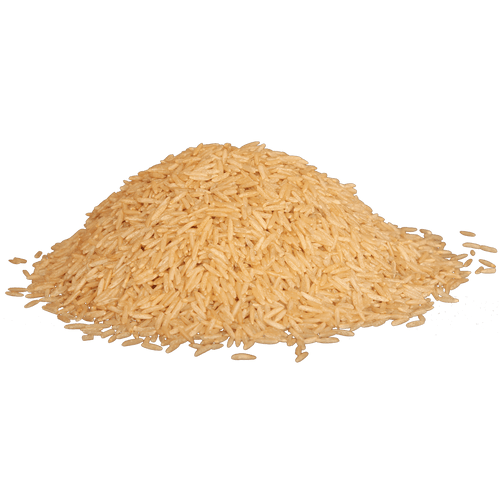White Basmati Rice is a long-grain variety grown best in the Himalayan Foothills. Bas means aroma and mati means full of in Hindi. Basmati grains cook up perfectly separated. Grains are longer than long-grain rice with a distinctive aroma, nutty taste and low starch content. Some chefs prefer white basmati for Saffron rice. The King of Rice Distinguished by its enticing aroma, and by grains that elongate to nearly twice their length and separate after cooking, basmati is aptly nicknamed the King of Rice. According to Ayurvedic medicine, Basmati rice is saatvic or pure: highly nourishing and easy to digest. With less fiber than brown, white rice cooks faster. White rice in any form has been milled; this means that the outer bran layer and germ have been removed in the process. This eliminates most of the vitamins, minerals, and all of the healthy fat found in the germ. What remains is the carbohydrate, an energy source for the body, and a small amount of protein. Tasty Tips and Storage Basmati rice can be used in most recipes. However, it's not recommended for dishes such as risotto or paella that are best suited for short grain rice varieties which yield a creamy texture. Basmati makes impressive pilafs, and pairs well with spices, nuts, dried fruits, vegetables and herbs. The best way to cook basmati rice is using the absorption method, a procedure that cooks the covered rice in a pot until all the water is absorbed. To prepare, use 2 cups water or broth to one cup rice. Bring to a rolling boil, then cover pot tightly, lower heat to simmer, and simmer approximately 45 minutes. Uncooked rice can be kept indefinitely in the fridge or a cupboard. For optimum storage, store uncooked rice in an airtight container or keep it in our resealable bag in a cool, dry, dark place.







